General Design Guidelines for Corner Radii in Rotomolded Products
Useful design guidelines for incorporating corner radii into rotational molded products effectively. Considerations include appropriate corner radius, product application, uniform wall thickness, aesthetic considerations, mold design and construction, transition areas, material selection.
 Mar 21,2024
Mar 21,2024 
The importance of Wall Thickness Uniformity in Rotational Molding
Maintaining uniform wall thickness is paramount in the rotational molding process. It is essential for guaranteeing structural integrity, enhancing product durability, optimizing overall performance, and preserving aesthetic appeal.
 Mar 20,2024
Mar 20,2024 
How to Design the Threads for Rotomolded Products?
Threads design on rotomolded products is a complex process that involves multiple aspects, including material, mold design, and manufacturing techniques. The design and production of threads require consideration of the product's requirements, the type and size of the threads, and the characteristics of the rotational molding process.
 Mar 19,2024
Mar 19,2024 
Rotomolded Plastic Cases Offer Rugged and Durable Solutions for Industrial Applications
Crafted through the rotational molding technique, plastic cases feature a seamless construction, excellent impact resistance, and remarkable durability. They provide a robust and reliable solution for industrial applications that demand strong, reliable, and versatile packaging.
 Mar 17,2024
Mar 17,2024 
What are the Key Factors Affecting the Lifespan of Rotomolded Products
The key factors that affect the lifespan of rotomolded products include raw material quality, production technology, product design, surface treatment, environment conditional and maintenance, etc.
 Mar 16,2024
Mar 16,2024 
How to Design the Holes for Rotomolded Products
Holes or vents in rotomolded products can be designed as either outward-projecting through-holes, blind holes, or as inward-recessed through-holes or blind holes.
 Mar 15,2024
Mar 15,2024 
Types of Rotational Molding Molds
In the rotational molding industry, common methods for creating molds include aluminum casting molds, sheet-metal molds, and molds that are computerized numerically controlled (CNC).
 Mar 14,2024
Mar 14,2024 
Draft Angles Design Consideration for Rotomolded Products
When designing draft angles for rotomolded products, factors such as material considerations, product shape and geometry, mold design, and transition areas must be carefully considered to ensure a successful demolding process, reduce production time and increase efficiency
 Mar 12,2024
Mar 12,2024 
Basic Requirements for Rotational Molding Mold Design and Production
The design and production of rotational molding mold require careful attention to several key factors to ensure the production of high-quality rotomolded products.
 Mar 11,2024
Mar 11,2024 
 Tel: 0086-13632687993
Tel: 0086-13632687993  Email: roto@lightvenus.com
Email: roto@lightvenus.com

 Home
Home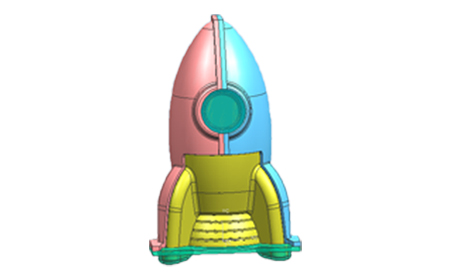

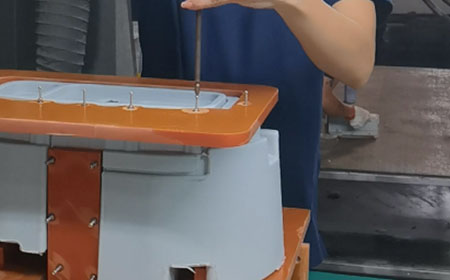
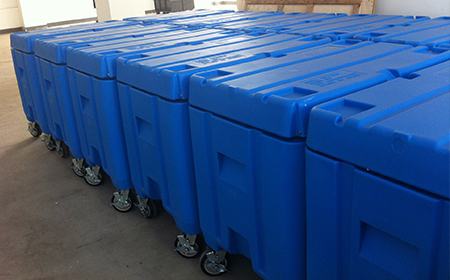
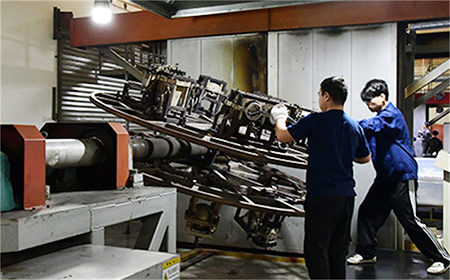
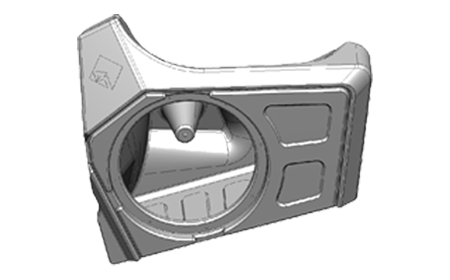
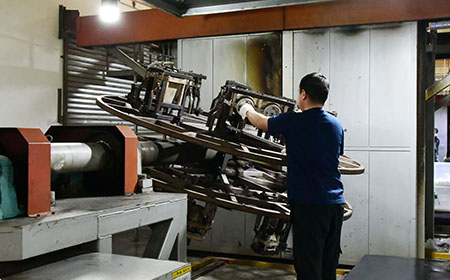
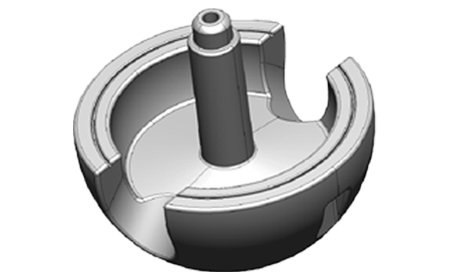
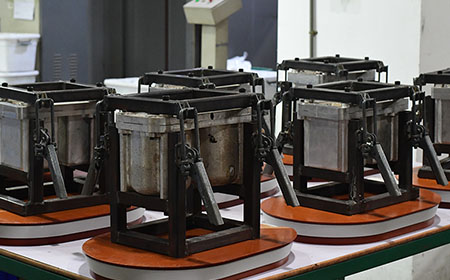

 You May Also Like
You May Also Like



 Tel
Tel
 Email
Email
 Address
Address








